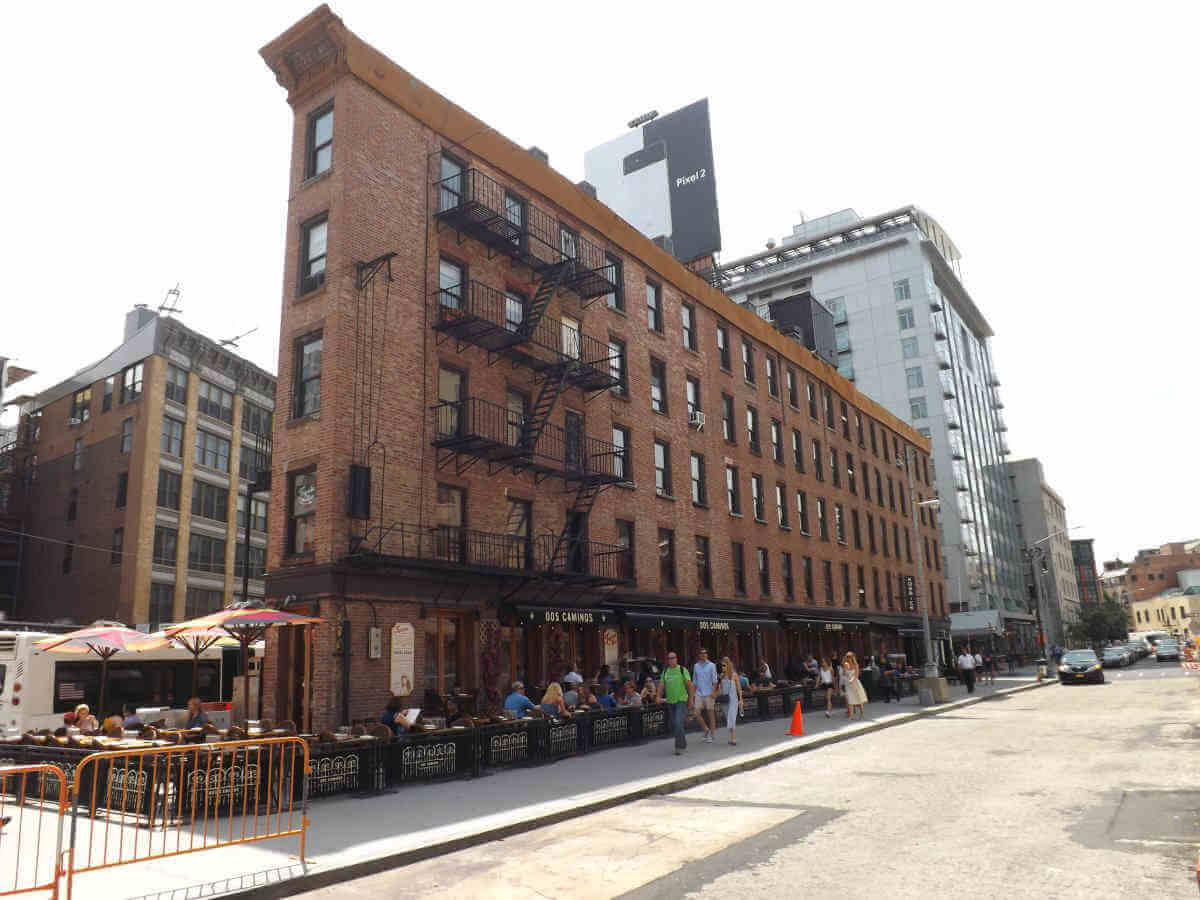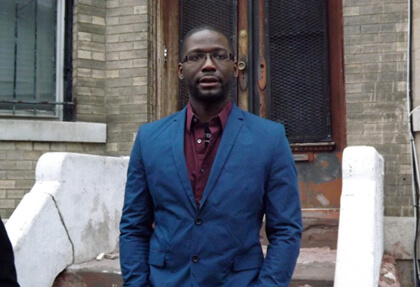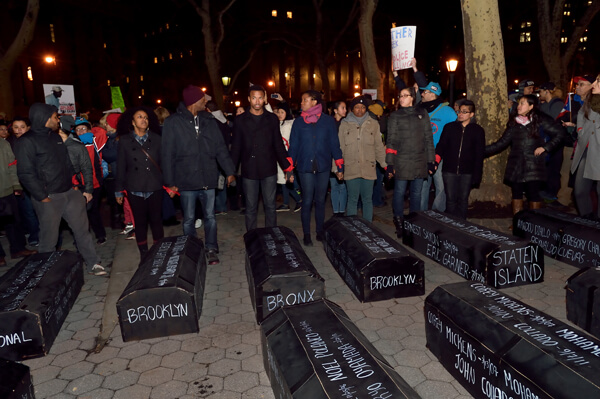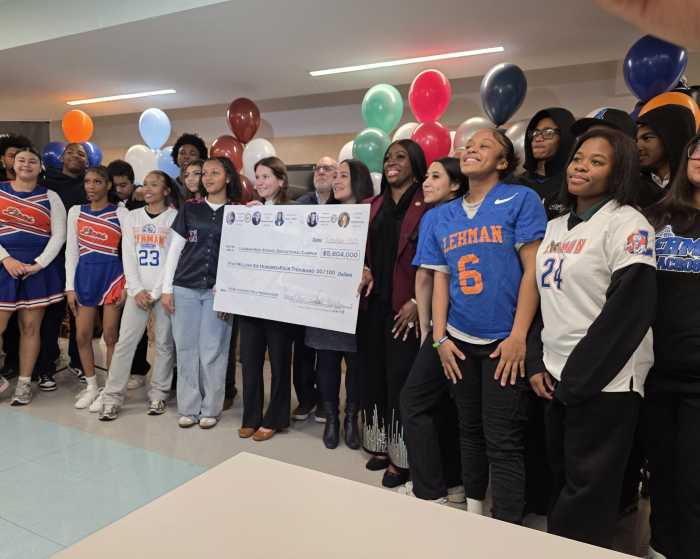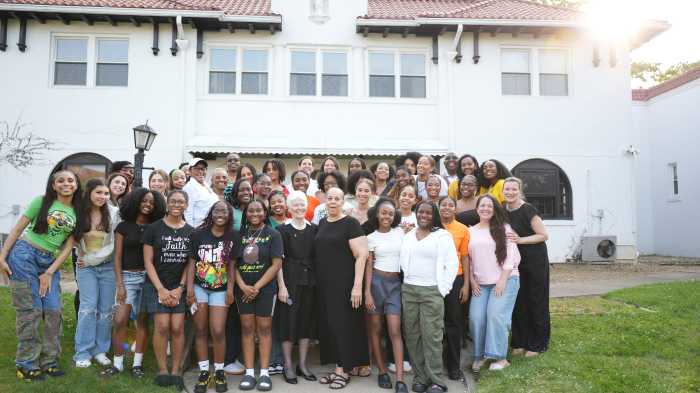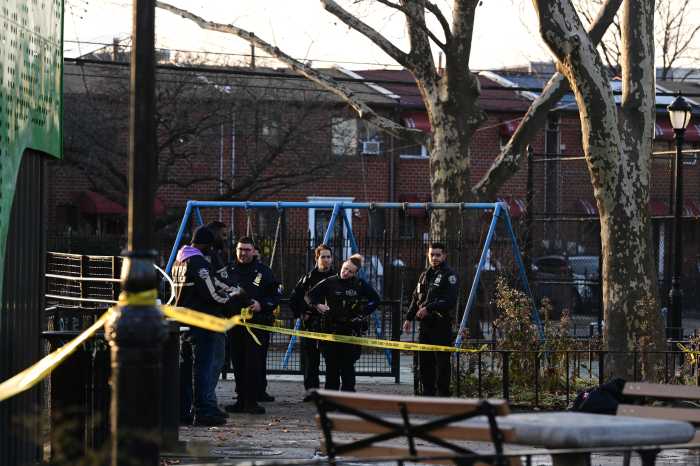Steve Wolf, the editor of a quarterly publication produced by the Homophile Union of Boston, and his partner came to New York City in June 1971 and made two visits to The Firehouse, the headquarters of the Gay Activist Alliance (GAA) that opened the month before. In a July 1971 letter that he sent to Jim Owles, a GAA leader who was among those who secured the lease on the three-story building on Wooster Street, he expressed his gratitude.
“[O]ur joint impression was of stepping into another world,” Wolf wrote. “It was as if the gay-ghetto-bar-scene never existed, and the vibes that radiated from the unscheduled Saturday night dance were the best we had ever felt at any gay festival. For giving 2 visitors from cold, closety Boston a demonstration of what gay love is all about, our thanks and our congratulations.”
The Firehouse was not the first LGBTQ community-operated space to open in New York City, but it was the largest at 10,000 square feet. The programming ranged from weekly dances with a sound system that rivaled the city’s nightclubs to film nights curated and hosted by Vito Russo to political organizing, according to Michael Schiavi’s “Celluloid Activist: The Life and Times of Vito Russo.”
The main floor where the dances were held had a 40-foot mural that one activist called a “family portrait,” featuring Walt Whitman, Gertrude Stein, Huey Newton of the Black Panthers, Owles, and Russo, Schiavi wrote.
But The Firehouse was more than just a hub of politics and socializing for the three-and-a-half years until it was destroyed by an arsonist in October 1974. It confronted the organized crime-operated after-hours clubs that partnered with a deeply corrupt NYPD to give gay men and lesbians places to dance or have sex — and also to exploit them and brutalize them. When the newspaper Gay published a story about The Firehouse in June 1971, the editors titled it “Gay Power Challenges Syndicate Bars.” And there was much to challenge.
Beginning in 1970, the Knapp Commission investigated NYPD corruption in a range of industries including bars. It focused its investigation into bars in the 19th Precinct on Manhattan’s East Side and the 6th Precinct in the West Village. The commission’s final report discusses the corruption and the mob-run clubs only in general terms. A draft staff report to the commissioners is highly detailed and says that three organizations — the Genovese, the Gambino, and the Gallo crime families — were operating the unlicensed after-hours clubs in the West Village.
The staff report is part of the Whitman Knapp Papers held at the Lloyd Sealy Library at the John Jay College of Criminal Justice. Knapp was the commission chair.
The commission report concluded that a “seventeen-square block area” that was the “Gansevoort Meat Market” by day became “a haven for homosexuals who are drawn by the large number of completely illegal, unlicensed bars which cater to them” at night.
The Stonewall Inn, which has an iconic status in LGBTQ community history, was a small part of a large criminal enterprise — run in 1969 by the Gambino family, but two later by the Genovese family. The clubs were in “sizable lofts which accommodate as many as 700 men at a time. These bars generally consist of a large open space containing a bar and dance floor, and a connected ‘sex room’ or ‘orgy room’ where men practice homosexual acts on each other,” the commission report reads.
Relying on federal law enforcement and NYPD information as well as its own investigators and informants, the staff report concludes that Anniello Dellacroce, who was a senior member of the Gambino family, Matthew Ianniello, who ran the Genovese family for a time, and the Gallo family were the owners of these businesses. It names the clubs and the men who were operating them for these organizations.
The staff report names some of the police who were accepting payoffs to protect the clubs. It cites “a prominent federal official” saying that the captain of the 6th Precinct “personally collected payoffs from at least four establishments.” A sergeant in that precinct spent eight days vacationing in a Florida duplex owned by one of the front men and was observed meeting with one of the club operators. Payoffs ranged from a few hundred dollars a month to up to $3,000 a month.
Police engaged in sham raids where they would seize a small amount of liquor with “accommodation” arrests or “stand-in” arrests, all to make it appear that they were policing the clubs. One description of a sham 1971 raid at The Exile on West Street suggests that the corruption went beyond the police.

An informant named Pierre, a pseudonym, told commission staff that three detectives entered the club and said there would be a raid. When one detective said he wanted to “break up” the club, another detective told him to “Cool it.” They selected Pierre, who was collecting entry fees, and a bartender for arrest. The detectives seized “one case of beer and two or three half-filled bottles of liquor,” leaving many other cases of beer and liquor bottles untouched.
“When Pierre was arrested collecting the money detective No. 1 told him to put the money in his pocket,” the staff report reads. “Later the same detective told him that everything was arranged, that Enid Gerling was his lawyer and that he should give the ‘door money’ to her.”
Gerling was one of the few attorneys in the city who would represent gay men who had been arrested. At court, Pierre met with Gerling in the back of the courtroom where she told him that “everything had been taken care of.” He signed a form with a $20 bill attached to it and was done. He never appeared before a judge.
“He never hired Mrs. Gerling, never paid her and never paid any fine,” the staff report reads. “He claims that when he was arrested, he was never fingerprinted or photographed.”
Commission staff looked at police activity in eight clubs during 1970 into early 1971 and found there were 54 raids with 140 arrests, indicating that police typically arrested no more than two or three people in any one raid. In a sample of 59 arrests, charges were dropped in 12 cases, and the remaining 47 pleaded guilty to disorderly conduct. Of the 47, 31 received a conditional discharge, while 15 paid fines ranging from $10 to $50. One man was arrested five times between November 1970 and February 1971, but apparently skipped court appearances. A warrant was issued for him, but it was never executed.
When they learned that commission investigators were watching them, detectives wrote fake reports stating they had attempted to inspect a club, but were denied entry or the club was closed. Commission investigators were in the clubs on some dates when detectives said they were denied entry or the clubs were closed.
The mob club owners were willing to use violence to protect their interests. In 1970, Robert Wood opened The Salvation in the West Village and was soon pressed by the Gambino family to pay them. After he resisted, he was murdered in Queens, but not before he sent a letter to federal law enforcement detailing his interactions with the Gambino family.
In 1971, George Kelly, who was related to an NYPD officer, was shot to death in The Z Club on West 14th Street. Joseph Scudiero, his alleged killer, avoided prosecution for 30 years by faking his own death. He was arrested in the case in 2001, when he identified as an associate of the Bonanno crime family, but there was insufficient evidence to bring him to trial.
Michael Umbers operated Christopher’s End in the building at the western end of Christopher Street that now houses the Bailey-Holt House, a residence for homeless people with HIV. That bar “bears the distinction of being the only such bar where the police physically smashed its interior with axes and hammers,” the staff report says. The report says that the attack was ordered by Al Moss, who also went by Abe Moss, who was the front man for the Gallo crime family in the West Village who wanted the competition eliminated. It is also possible that police made the attack on their own because Umbers was not paying off.
It is a curious note that Moss had a nephew nicknamed Red who “paid the police $2,000 per month” to protect The Barn, an after-hours club on Hudson Street, according to the staff report. This may be a reference to Red Mahoney, who was involved in running the annual Pride festival until it was taken over by Heritage of Pride in 1992.
In 1965, the Nassau County District Attorney’s office convicted Eddie DeCurtis, John Vignini, and Daniel Fatico for operating a “disorderly house,” maintaining a “disorderly house,” receiving “persons for purposes of lewdness,” and maintaining “a bawdy house and house for the resort of disorderly persons.” DeCurtis and Fatico were members of the Gambino crime family. Gay City News could not find any information on Vignini.
The case concerned The Magic Touch, a bar in Island Park, Long Island, that served lesbians and gay men. Using wiretaps, investigators learned that DeCurtis also operated Mask, a bar on 125th Street in Manhattan that served lesbians and gay men.

When The Flame, a competing bar, opened in Island Park, it was subjected to a campaign of extortion, malicious mischief, robbery, and eventually an arson attack that destroyed it. Nat Warshaw, the owner of The Flame, told police that he “suspected the owner of The Touch, Big Eddie, of being behind the fire,” according to state court records.
What is striking is how unafraid the early activists were of both the police and organized crime. There is no doubt that they knew who their opponents were.
In a statement issued immediately following the 1969 Stonewall riots, which mark the start of the modern LGBTQ rights movement, the Homophile Youth Movement wrote, “Legitimate Gay businessmen are afraid to open decent Gay bars with a healthy social atmosphere (as opposed to the hell-hole atmosphere of places typified by the Stonewall) because of fear of pressure from the unholy alliance of the Mafia and the elements in the Police dept. who accept payoffs and protect the Mafia monopoly.”
The Mattachine Society of New York, an early LGBTQ rights group, repeatedly noted the presence of organized crime in bars and clubs in its newsletters and in communications with government officials.
But there was also a matter-of-fact view of these businesses. Some of the mob-run clubs were listed in bar guides in 1969, 1970, 1971, and 1972 as well as in a 1968 Mattachine guide to city bars. Some were still listed as late as 1976.
The Gay Activists Alliance (GAA) twice protested outside of Umbers’ Christopher Street bar at a time when he may have been affiliated with the Gambino crime family, though his repeated interviews with the mainstream and LGBTQ press are decidedly unlike a Mafia member.
“I think certainly we were challenging the police and we certainly talked about syndicate control of the bars, but we just went ahead,” said Rich Wandel, a former GAA president who had moved out of New York City by 1974. “GAA never got any direct blowback from the syndicate.”
When The Firehouse burned in 1974, the speculation was that it was organized crime that stole the sound system and spread accelerants throughout the building.
“All I heard was that the Mafia had burned it down because GAA was competing with the Mafia with those very popular dances,” said Jonathan Ned Katz, the historian and author whose play “Coming Out!” was produced at The Firehouse in 1972. “That’s a rumor that I heard at the time.”
The Firehouse was never a community center in the same way that the Lesbian, Gay. Bisexual & Transgender Community Center is, in that it never served as home to a large number of groups. In 1974, just GAA, Lesbian Feminist Liberation, and Dignity, the LGBTQ Catholic group, were meeting there. But it still holds a storied place in the community’s history.
“It was fabulous, it was spectacular,” said Perry Brass, an author and member of the Gay Liberation Front (GLF), an early LGBTQ radical group. “It was this whole queer building. Nothing like that had ever existed before.”


